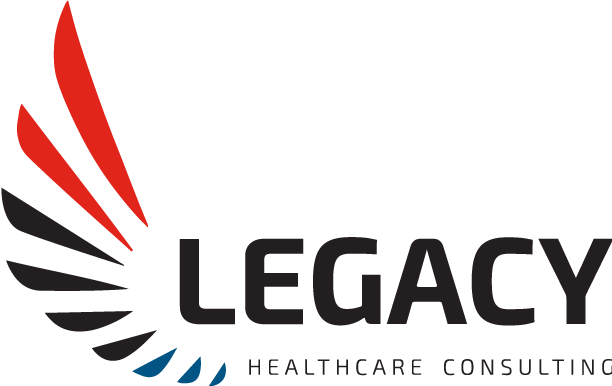Achieving Product Excellence in Post-Acute Care

At Legacy, our commitment to excellence is unwavering. We believe in striving for the highest standards in all aspects of our work, especially when it comes to our Pillars of Performance. The second of these pillars, Product is a cornerstone of our approach to delivering exceptional care in the post-acute care setting.
In the competitive landscape of post-acute care, maintaining a high-quality product is crucial. It’s not just about making a sale or securing referrals; it’s about building long-term trust and loyalty with customers and referral sources. At Legacy, we believe enhancing the quality of our clients’ products can mean the difference between thriving and closing doors.
The Importance of Product
Product excellence is more than just a buzzword; it’s a mindset that drives continuous improvement and innovation. In the post-acute care setting, where the stakes are high and the demands are ever-evolving, delivering a superior product is non-negotiable. Here’s why it matters:
- Customer Retention: A superior product keeps customers coming back for more, fostering loyalty and trust in your brand.
- Referral Source Confidence: Referral sources are more likely to recommend your services when they know they can rely on the quality of your product.
- Competitive Advantage: In a crowded market, a reputation for excellence sets you apart from the competition and attracts new business.
- Patient Outcomes: Ultimately, product excellence translates to better patient outcomes, improving the lives of those under your care.
Strategies for Enhancing Product Excellence
Achieving product excellence requires a strategic approach and a commitment to continuous improvement. Here are some key strategies to consider:
- Honest Assessment: Start by conducting a thorough assessment of your current product offering. Identify strengths, weaknesses, and areas for improvement.
- Clear Standards: Establish clear standards for product quality and consistency. Define what excellence looks like for your organization and strive to meet or exceed those standards consistently.
- Mitigation Plans: Anticipate potential challenges and develop mitigation plans to address them proactively. Be prepared to adapt and respond to changing circumstances without compromising on quality.
- Time Management: Make product excellence a priority and allocate time and resources accordingly. Eliminate non-essential tasks and focus on activities that contribute directly to improving your product.
- Continuous Learning: Stay informed about industry best practices, emerging trends, and new technologies that could enhance your product offering. Invest in ongoing education and training for your team to ensure they have the skills and knowledge needed to deliver excellence.
- Feedback Loop: Solicit feedback from customers, referral sources, and internal stakeholders to identify areas for improvement and make data-driven decisions about product enhancements.
In the fast-paced world of post-acute care, product excellence is not just a goal; it’s a necessity. By prioritizing quality, innovation, and continuous improvement, healthcare leaders can position their organizations for long-term success and make a meaningful difference in the lives of those they serve.
Looking for more information on how to improve your Product? Check out Pillar Talk’s Episode 2 – Pillars of Performance: Product.
